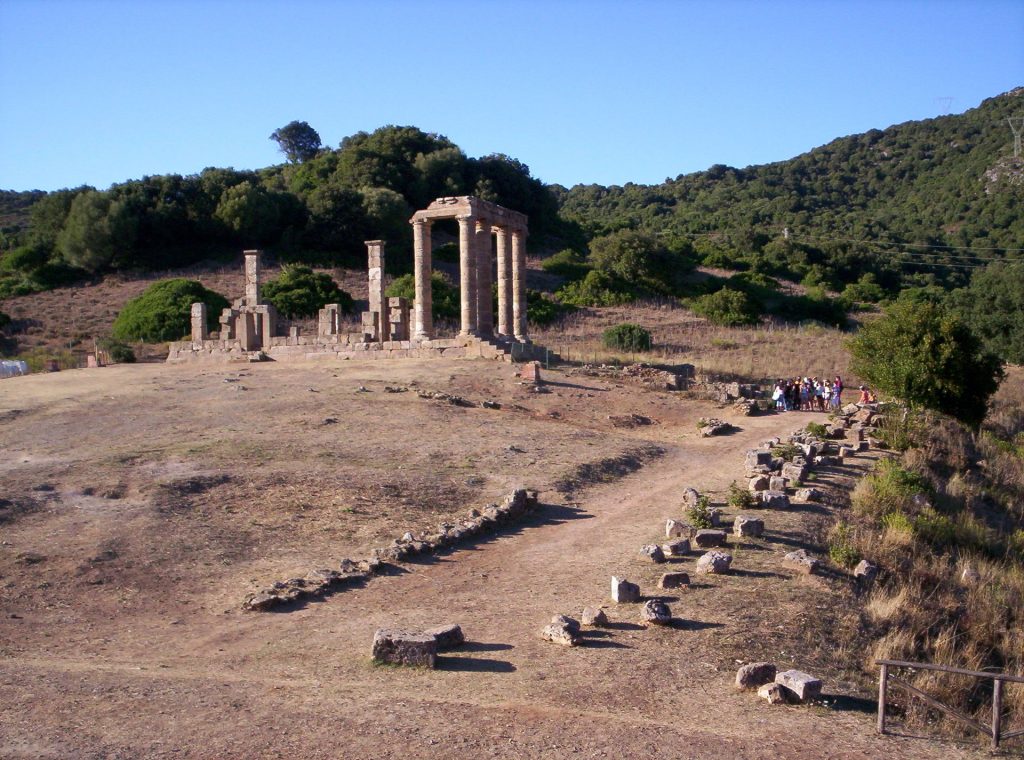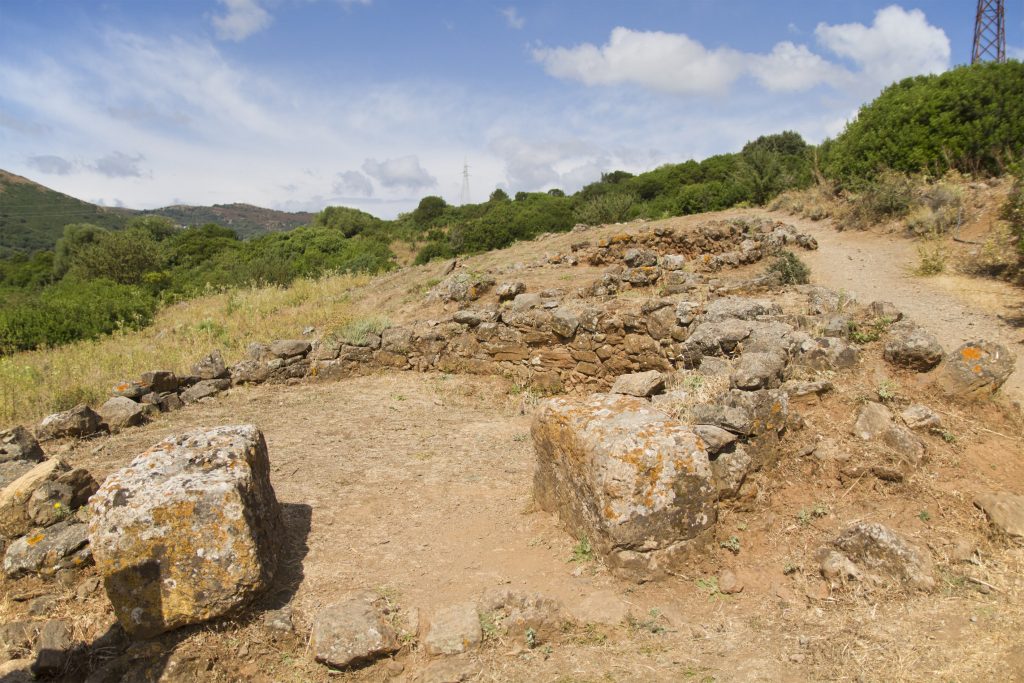Not only Costa Smeralda, sea and coves: Sardinia hides extraordinary treasures. Just get away from the tourist routes, and from the most popular destinations, to delve into its nature. And to thus discover traces of the past, such as the imposing Temple of Antas.
Temple of Antas, history and architecture
Little far from Fluminimaggiore, where the Carthaginians and Romans stopped, attracted by the iron and lead deposits, the Temple of Antas is a Punic-Roman temple dedicated to the god Sardus Pater. Or rather: it is its reconstruction. The temple as we see it today is in fact rebuilt in local sandstone in 1970, above the original base and trying to imagine how that structure once was. THE remnants of the old time Punic, however, do exist. They are located under the steps leading to the Roman temple, and they are really impressive considering that the building was completed at the end of the XNUMXth century BC.

The Roman temple, on the other hand, was built by Augustus around 38 BC and then renovated by Caracalla. The general discovered it in 1838 Albert LaMarmora, but it was not until 1967 that the reconstruction works began which gave the temple the appearance we see. Its six columns are eight meters high and surmounted by Ionic capitals. A mosaic designs the floor of the central cell, which could only be accessed from the sides. The adyton, the sacred area of the temple, houses two large square vessels used for purification. All this in a 20-meter-long structure that suggests the beauty of the past.
An archaeological area to discover
There is not only the Temple of Antas, in this unusual corner of Sardinia. There are the remains of a built nuragic village between 1200 and 900 BC and there is one nuragic necropolis discovered in the XNUMXs. And then the Roman quarries, and a path that leads up to a cave where - according to experts - the water ritual was practiced.

The necropolis, with its three deep tombs between 35 and 68 cm, is thought to date back to the early Iron Age: the type of funerary wells recalls that of the Prama Mountains, near Cabras, and is a rarity in the region. The nuragic village, on the other hand, dates back to 1200 BC But no one has ever dug it in depth. It is definitely a place to explore, the Temple of Antas. An idea for a different afternoon, away from the beaches and full of history. In twenty minutes of walking, along that nuragic path that is now a small road, you will arrive at on Mannau (according to the Touring Club, one of the ten most beautiful caves in Italy). Thus, the blast from the past is complete. And the unspeakable magic.
Featured photo taken from Wikipedia (credits Beckstets - CC BY-SA 3.0)





